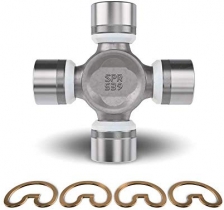-
Welcome to Tacoma World!
You are currently viewing as a guest! To get full-access, you need to register for a FREE account.
As a registered member, you’ll be able to:- Participate in all Tacoma discussion topics
- Communicate privately with other Tacoma owners from around the world
- Post your own photos in our Members Gallery
- Access all special features of the site
Towing 4th Gear
Discussion in '2nd Gen. Tacomas (2005-2015)' started by kwanjangnihm, May 3, 2024.
Page 2 of 3
Page 2 of 3


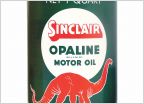 Synthetic Oil yes or no
Synthetic Oil yes or no Which Aftermarket Oil Filter is the Best?
Which Aftermarket Oil Filter is the Best?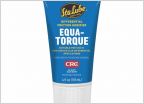 Low Rear Diff fluid symptoms?
Low Rear Diff fluid symptoms? Oil drain plug gasket
Oil drain plug gasket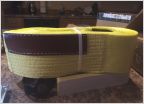 Please recommend a good tow strap for me
Please recommend a good tow strap for me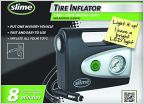 Best air compressor
Best air compressor












































